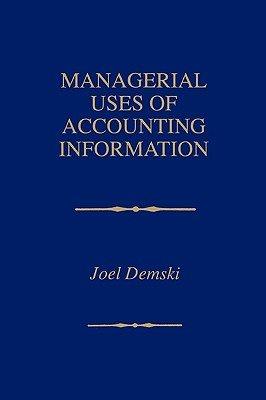an old friend Retum to the setting of problem 8 in Chapter 18, where the following probability
Question:
an old friend Retum to the setting of problem 8 in Chapter 18, where the following probability stmeture was assumed:
Reeall the best pay-for-performance arrangement used II = 8,934.62 and 12 = 15,972.54.
a] Draw the manager's decision tree, using the noted pay-for-performance arrangement. Determine the manager's certain equivalent for (i) going elsewhere (i.e., rejeeting Ralph' s offer); (ii) accepting the offer and supplying input H; and (iii)
accepting the offer and supplying input L.
b] Now suppose both parties obselVe the manager's input. Ralph aequires this information before the output is obselVed. The cateh is the parties cannot contraet on their joint obselVation of the manager' s input. This might be due to "contracting costs" (thougb hardly believable in this simple story) or the impossibility of a third party ever verifying the manager' s input. Consider the following arrangement:
initially set the above pay-for-performance arrangement in place; then, ifRalph sees input H, offer to exchange the manager's risky compensation for its eertain equivalent of 15,000. Is this scheme incentive compatible for both the manager and Ralph? Does it, in equilibrium, allow for use of the input observation by Ralph?
What is the explanation?10 e] Ralph learned this renegotiation "triek" at a management conferenee. The following idea comes to mind. In general, Ralph does not observe the manager's input, but knows, under equilibrium behavior, that the control system motivates supply of input H. So after the input has been supplied, Ralph will simply offer to renegotiate the manager's contraet and exchange the risky pay for its certain equivalent. Will this scheme work? Explain.AppendixLO1
Step by Step Answer:





